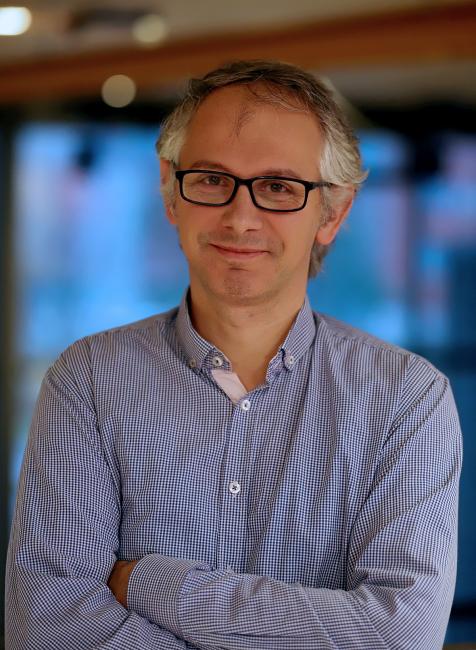Describing transport through thin heterogeneous layers using mathematical models
2018-11-30Adrian Muntean, Professor of Mathematics at Karlstad University, has been awarded funding by the Swedish Research Council to study the transport of matter through thin heterogeneous layers, that is, thin barriers preventing the free movement of particles. The aim is to understand the behaviour of layers at a microscopic level to control traits such as storage capacity and permeability.
"I am delighted that the Swedish Research Council has granted my application,” says Adrian Muntean. “This means that I can now further develop and refine the mathematical multiscale techniques I have been working on the last ten years."
How do ions, pathological agents or tiny particles move through cells and tissues in our body? Which type of packaging coating gives contents the best shelf life? Both cell walls and coatings used in packaging materials are examples of thin heterogeneous layers that have significant functionalities supporting many technological innovations.
"The challenge is to control the permeability feature when all the particles in the layer, either large or small, interact together as well as with the inherent defects of periodically-structured abstract materials. The physical, chemical and mechanical characteristics are connected mathematically to design an expected response. Together with a PhD student, we wish to describe theoretically the permeability of generic layers and then build mathematical models that mimic life-like situations in a convincing manner."
Adrian Muntean was awarded SEK 3.8 million for 4 years.


